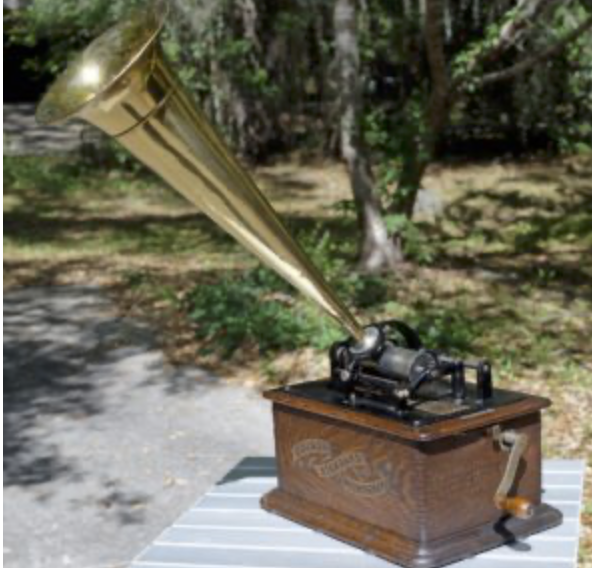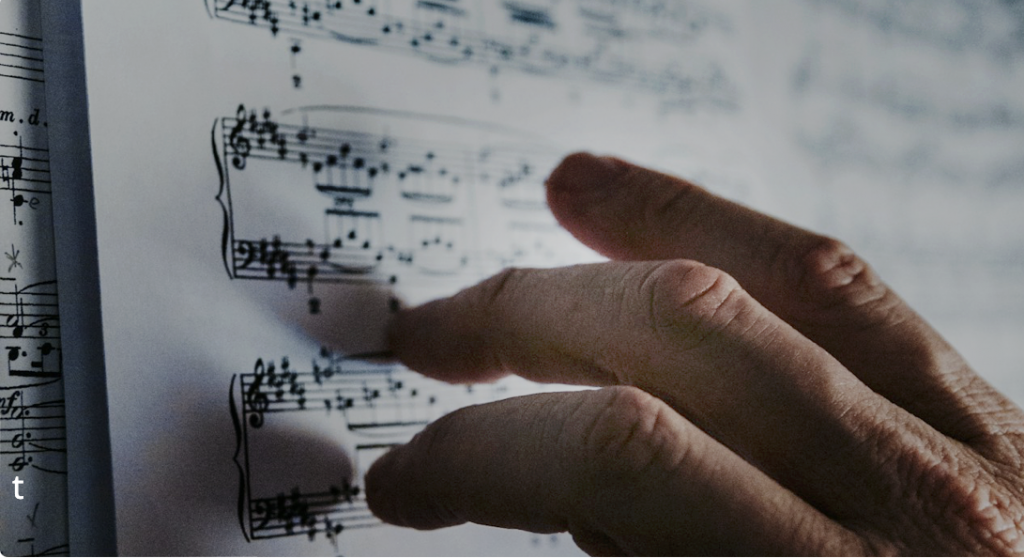
The first copyright law in Great Britain was enforced in 1709; the law protected the writing of all sorts by preventing anyone without consent to print someone else’s intellectual property. It was during the reign of Queen Anne that this law was enacted. The ruling was put in place to only to protect authors but also to encourage creative writing; this essentially marked the birth of publishing law in the UK. In 1734 English painter and engraver William Hogarth managed to persuade the Parliament of Great Britain to enforce the engraving copyright act. The act enabled artists to leave a signature of some form to mark their work and
differentiate it from other authors. In time the laws expanded and protected other forms of intellectual property.

Music eventually became a recognized art and a profitable one at that; The U.S. and Countries all over Europe began to take measures to protect creative works including England, France and Germany. The laws evolved over time and ensured that intellectual property was not copied by anyone without ownership or permission to print and/or distribute it. Music labels and artists made deals with organizations, this ensured that all royalties were collected from the appropriate parties when the prints and tangible merchandise were sold or used for profit. These organizations are known as music publishers.
As music among other arts can be performed via a multitude of means, eventually laws on artistic works were also protected through channels like radio play, live shows and others. These days music in the UK is mainly protected in two categories- performances and products. Both forms of arts are governed by different organizations known as the Performing Rights Society (PRS) and the Mechanical- Copyright Protection Society (MCPS). Music that is used in video games, Television and movies are also protected.
